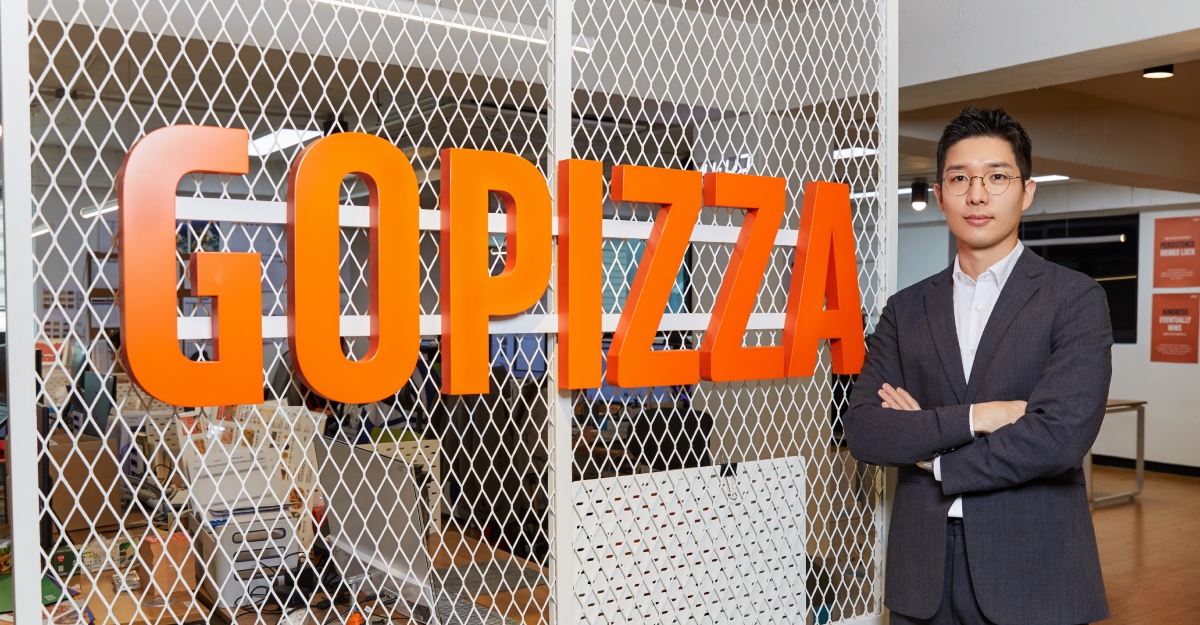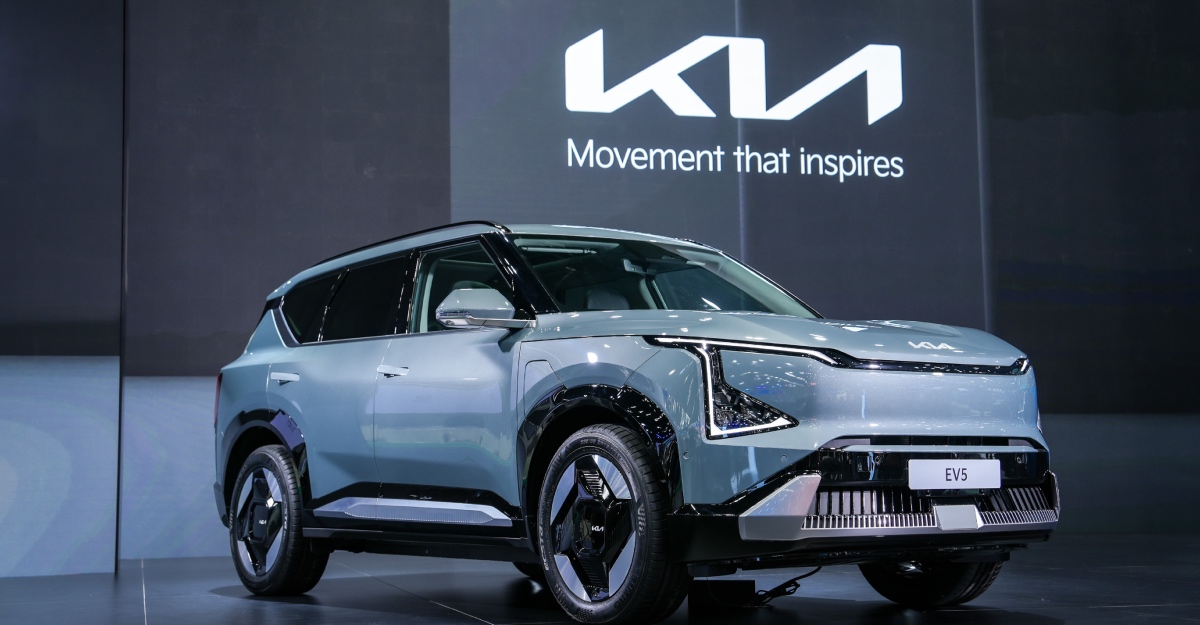You should probably know who is Lazada by now, and chances are, you have already bought a ton of stuff through their website.
The Lazada of today is no longer the rag-tag bunch of random stores that it used to be in the early days. Now, it’s pretty much home to every major brand across every type of product you can imagine.
Lazada Is Helping Brands To Build An Online Presence

Log into Lazada, and you will be greeted with banners upon banners of ongoing promotions – but more importantly, those belonging to individual brands.
As brands recognise the importance of having an online presence, many have stopped short of setting up their own e-commerce sites, and that is where someone like Lazada is in the perfect position to help out.
Because of Lazada’s regional presence, brands are more willing to work with them because it means that their products reaches several markets at the same time.
Furthermore, these branded pages have, from the start, been designed in a way that mimics how brands would traditionally set up their booths and displays in department stores.
Rapid Expansion, Thanks To Alibaba

That’s not to say that Lazada is sitting back and not doing anything anymore.
In April this year, e-commerce giant Alibaba tossed in US$1 billion for a controlling stake in Lazada, acquiring the company from previous owners, Rocket Internet.
This deal is until today, Jack Ma’s biggest one outside of China, as Alibaba seeks to assert its influence beyond the mainland, an area which they have already dominated.
Thanks to the help of Alibaba, Lazada now has an entire expanded logistics network to take advantage of, with the likes of Kerry Logistics Network Ltd. and DHL in Thailand, JNE Express in Indonesia, China’s state postal service, and CJ Korea Express Corp in South Korea.
With a shared vision of a borderless e-commerce system, this enables them to deliver goods at maximum efficiency, in and out of the countries that Lazada covers – Indonesia, Malaysia, the Philippines, Singapore, Thailand and Vietnam.
Redmart Joins The Lazada Family

Since August 2011, Redmart has been on a mission to help Singaporeans focus on the more important things in life by helping us save time (and money), by enabling us to shop for groceries and household essentials online.
Just last month, Lazada acquired local e-grocer Redmart in a deal that will see them finally going into the online groceries business. This is one area where local startup Honestbee has been making strides in, despite not having inventory, through partnerships with local supermarkets.
Redmart, on the other hand actually has their own warehouse facility for storage of all produce, and their own trucks and drivers. They are basically an entire supermarket chain themselves, just without an actual storefront, but with a logistics army ready to deliver fresh produce and groceries to anyone anywhere in Singapore.

The acquisition of Redmart by Lazada seems to point towards the immense spending by consumers in Southeast Asia on groceries alone, representing 60% of overall Southeast Asian retail. For Lazada, having Redmart means that for one, they can dip their toes into the difficult online grocery business in a small but lucrative market in Singapore.
Secondly, having an already existing infrastructure means that all Lazada has to do now is just to scale regionally, and they are already planning to do so as soon as the second half of 2017, with the capital of Malaysia, Indonesia, or Thailand mooted as possible destinations.
Shoring Up Defences For Amazon’s Arrival

However, all these initiatives and aggressive expansion weren’t just because they wanted to grow further.
Granted, they are already Southeast Asia’s largest e-commerce platform, and no one else come close, but perhaps all these sudden growth plans have been accelerated in anticipation of a much awaited competitor entering the fray.
It’s none other than the world’s number one e-commerce company Amazon.
This is a company that has established localised versions of their famed Amazon.com in each of the world’s major economies outside of the US – think places like the UK, France, Germany, and Japan.
And here’s a fun fact: Amazon was actually a potential buyer for Redmart, but insiders speculated that the offer they threw in was too low, and that was the last anyone heard of them.
With them on a hiring spree this past year for a reported local office located in the Central Business District, coupled with the fact that they signed a leased on a huge warehouse unit in Jurong, the writings are on the wall for their entry into Singapore in 2017.
Let’s not forget that Amazon Prime Video was also recently made available to Singaporeans.
The Online Shopping War In Singapore

2017 is shaping up to become a very exciting time for e-commerce in Singapore.
With their arrival, Amazon is expected to bring selected services into Singapore – most notably, their Prime delivery service and AmazonFresh.
Despite their failed bid to acquire Redmart, Amazon has been building up its infrastructure and their own fleet of refrigerated trucks for groceries deliveries in Singapore, likely using their Jurong warehouse as the base of operations, further fuelling the rumours of the emergence of our own AmazonFresh service.
On the main e-commerce side of things, consumers are hopeful that Amazon’s entry will not be a major disappointment.
This also brings to mind Newegg’s expansion into Singapore. Newegg, if you are not familiar, is a leading online retailer from the United States too, specialising in computer components and accessories.
Like Amazon, PC enthusiasts in Singapore has made it one of their go-to sites to get their hardware.
In 2014, they finally announced their arrival into Singapore, which, to be honest, remains an afterthought until today. A less-than-stellar product catalogue, and above average pricing didn’t do much to attract customers, most of whom have since gone on to sites like Lazada and Qoo10 instead.

But back to Amazon – while there’s a worry among Singaporeans that the same might happen, we take solace in the fact that even on the main Amazon site, a vast majority of their products are already made available to be delivered to Singapore.
So regarding Amazon having a Singapore site, we can probably not worry too much on currency exchange rates, with Amazon usually offering competitive pricing in local currency within the countries that they are in, and of course, the possibility of free shipping without a minimum spend.
At the moment, Lazada has the home turf advantage going for them, with deep-rooted knowledge of online shopping in Southeast Asia, and with Alibaba in the shadows, they have the muscle to dominate the region and beyond.
Amazon on the other hand will be starting from scratch, though with an iron clad reputation as a top global online retailer with a willingness to spend much in building local infrastructure, and attracting top talent in their global offices.
What this just means for the everyday consumer is that you will soon reap the benefits of this upcoming competition.
Those looking for employment in the current gloomy economic outlook may also just find opportunities lurking around the corner, as these companies aggressively scale their businesses.








